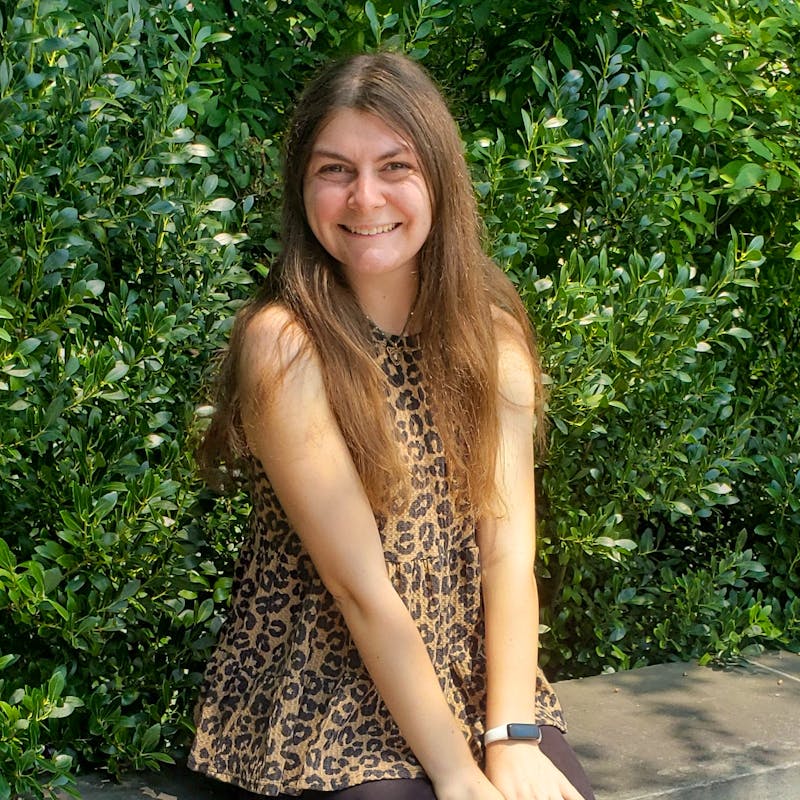As the snow slowly melts and the crisp chill in the air becomes a cool breeze, plants begin to bloom and the people of Alaska emerge into the increased daylight. Spring has arrived. The bears are waking up – or are they?
This Q&A with Alaska representative Isabel Grant sheds light on the habits of Alaska’s brown and black bears and gives tips for sharing Alaska’s amazing landscape with them during their springtime return.
What types of bears call Alaska home?
Alaska is unique in terms of bears because there are so many here! Polar bears are one of our most iconic species, but we also have brown bears and black bears.
Why are brown and black bears important to the Alaskan landscape?
Bears are omnivores and will eat just about anything. In Alaska, fish — particularly salmon — is a huge portion of these bears’ diets. They also eat plants and fruit. As they move around the land, they disperse seeds and spread nutrients, including marine nutrients. Studies have found trees with salmon nutrients in the soil grow faster.
Bears also help keep ungulate populations in check, such as moose and caribou, and they create food opportunities for scavengers.
When do Alaskan brown and black bears come out of hibernation?
Bears are not true hibernators. Instead, they enter a hibernation-like state known as torpor in the late fall. Bears wake up periodically during the winter. They shift around but do not eat, urinate or defecate for the entire period of torpor. Female bears will also give birth and nurse their young during this time.
The timing and duration of torpor depends on various factors including temperature, food availability and the individual bear. Typically, bears living further north in Alaska will spend two to five months in torpor. On Kodiak Island, some bears — typically males — do not enter torpor at all! It’s unclear why these bears don’t “hibernate” but when the silver salmon run lasts later into autumn, ice-covered brown bears can be seen fishing on the rivers.
What are these bears doing as they wake up?
After long months subsisting predominantly on fat stores, bears begin searching for food immediately after waking up. Once awake, interior and coastal bears alike will feast on fresh spring grasses and berries. When the salmon start to run, Alaska’s coastal brown and black bears flock to rivers and streams.
What are the most common conflicts Alaskans face with these bears?
Conflict with bears often occurs because people have unintentionally attracted them with a potential food source. Bears are highly food motivated and equipped with one of the best senses of smell of any mammal. Unprotected chicken coops, gardens, beehives, compost, garbage and other similar attractants draw bears into communities where they are likely to return if they can obtain food. Conflict with bears over attractants can result in damaged property and the death of pets and livestock, which takes both a financial and emotional toll on people. Additionally, when people attempt to stop a bear or get in their way, they are at risk of injury.
When a bear is caught breaking into human property for food, some are shot in accordance with Alaska’s “Defense of Life and Property” clause in the Alaska Administrative Code or euthanized by state wildlife officials. High rates of human-bear conflict mean more bears are killed.
Other causes of conflict include climate change which impacts habitat quality and food availability for bears. Additionally, human development and expansion is reducing their habitat and putting people and bears in closer proximity.
Thankfully, many Alaskans view bears with respect and desire to coexist peacefully with them. The main barrier, however, is knowing what tools are effective and the cost of these interventions.
What should people who live in areas with bears do to prepare for increased activity?
One of the most important preparations is to secure attractants. A bear that cannot obtain a food reward will leave. Those that never associate human areas with food are safer and healthier.
Other ways to help bears and people can thrive in this rapidly changing world include:
- Practicing coexistence by reducing existing conflicts and preventing future conflicts to help ensure bears stay wild and out of our communities.
- Taking part in restoration projects that increase the abundance and availability of bears natural food sources.
- Protecting salmon streams and quality denning habitat to ensure the availability of berries and grasses and help prevent and reduce the number of bears drawn to human food sources.
- Attending a Bear Awareness and Electric Fencing workshop!
What are Bear Awareness and Electric Fencing workshops?
To help Alaskans learn how to better coexist with bears, Defenders of Wildlife and Alaska Department of Fish and Game hold multiple workshops throughout the spring and summer on the Kenai Peninsula and in southeast Alaska. The workshops cover bear awareness and safety measures, including how to properly use bear spray and information on electric fencing. We also explore why coexisting with bears is important because of their critical role in the environment.
Everyone is welcome to attend these workshops. Workshops in Southeast Alaska are coming June 2024. Subscribe to our email list to stay up to date on the latest information!











Follow Defenders of Wildlife
facebook bluesky twitter instagram youtube tiktok threads linkedin